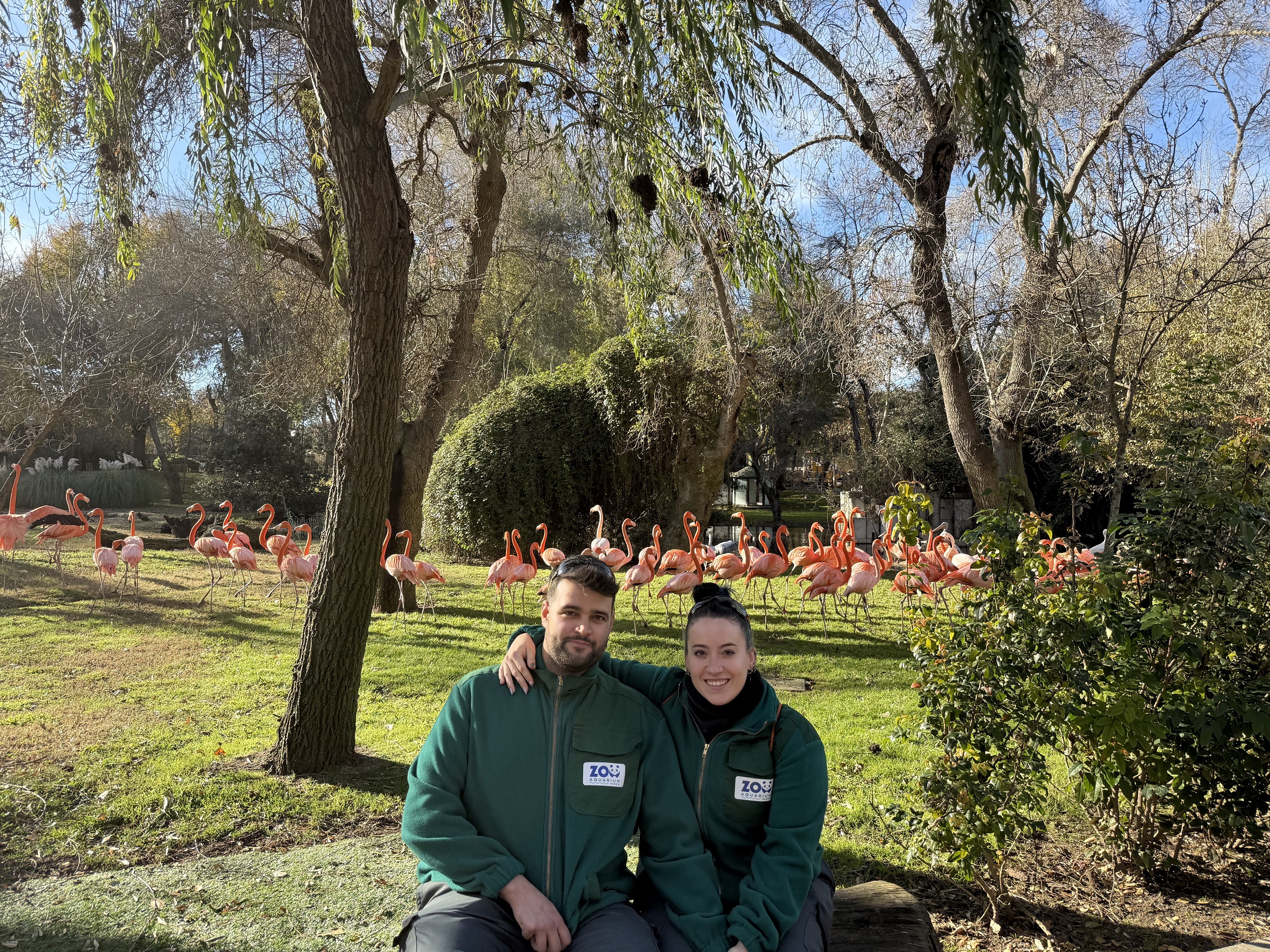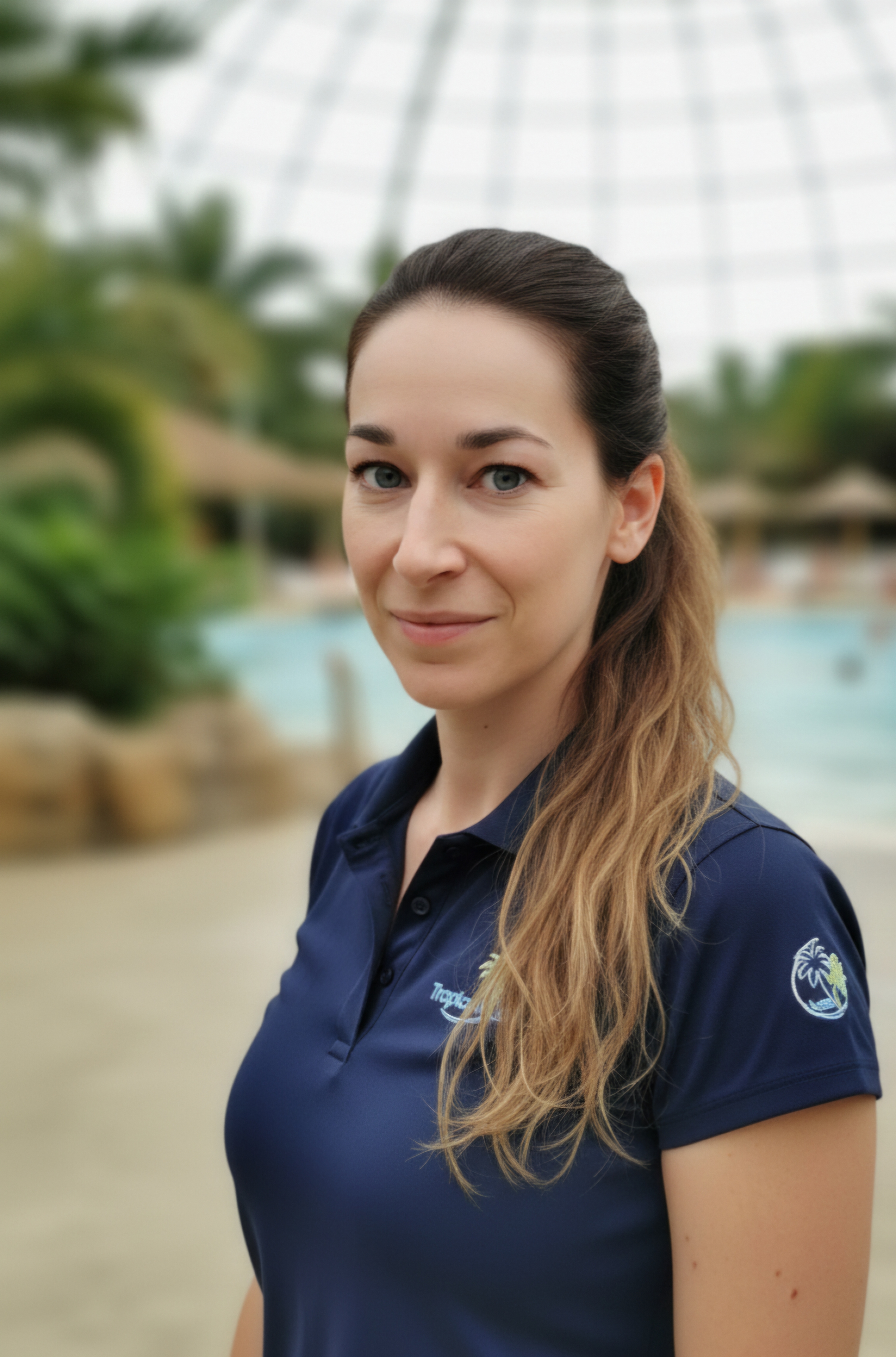
Cynara, the success story of a female lynx
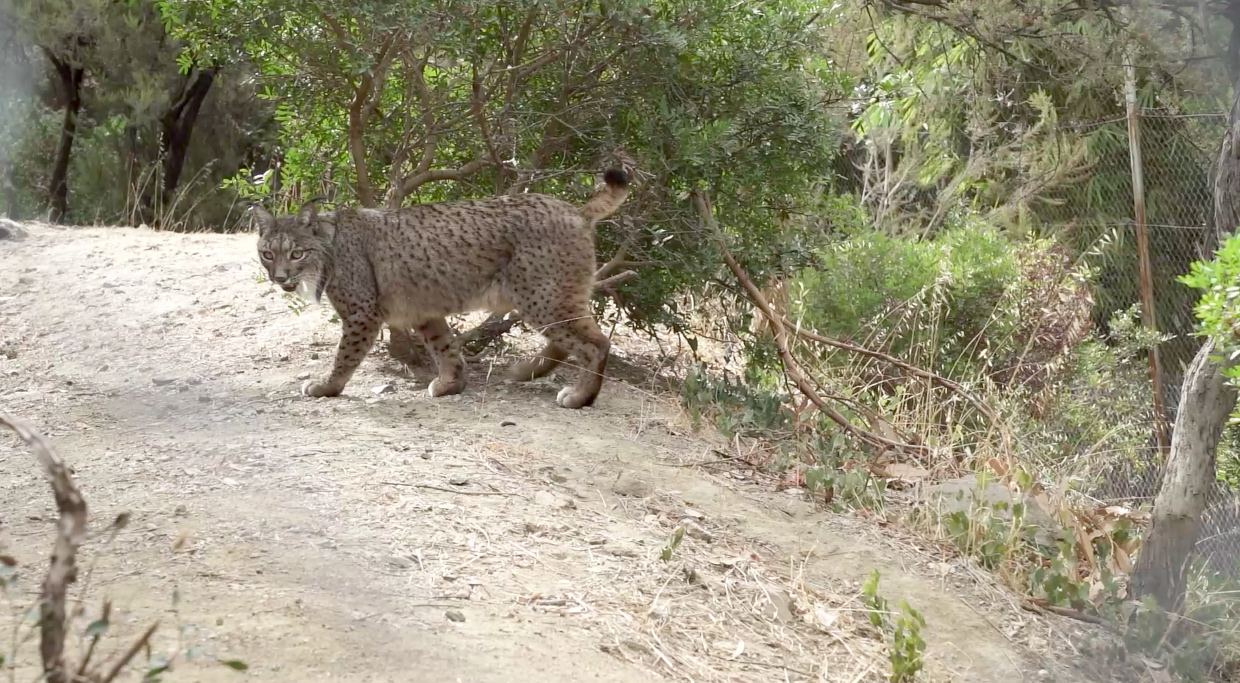
This wild cat’s fundamental role in the conservation of the Iberian lynx
Last November, Cynara arrived at her new home in Selwo Aventura (Estepona, Malaga) for a well-deserved retirement. Until now, Javo was the only Iberian lynx living in the zoo’s bird canyon. Today, however, he has been joined by Cynara, the female lynx who, after being part of the conservation program for endangered species, has come to share the space with him.
The Iberian Lynx (Lynx pardinus) Program demonstrates the great collaboration that can take place between public administration and private enterprise for the present and future wellbeing of a species. Indeed, Cynara’s arrival was the result of coordination between the Environmental Department at the Andalusian Regional Government and the park; in particular, the zoo team who work on the conservation of this endemic species has enthusiastically welcomed the lynx into their family.
Let’s meet Cynara
Cynara is 16 years old. Born in El Acebuche, she did not spend the first years of her life there, as, when she was a year old, she was transferred to La Olivilla, the largest of the four centers in the Iberian Peninsula (the center has had 130 cubs over its history). María José Pérez Aspa, a veterinarian at the La Olivilla lynx breeding center, provides the details to Cynara’s story: “She arrived at the center in 2007 when she was a year old. Throughout her life as a breeder at La Olivilla, she produced fifteen cubs, two of which have remained at the centers as a genetic reserve, while the other thirteen were released into the wild. She is an animal that has contributed a lot through her genes and has been a beautiful challenge for us at many points. Cynara has also been a lynx with a tremendous maternal instinct, not only raising her own cubs, but also adopting others that had been abandoned”.
As an expert, Mr. Aspa underlines the positive outcome of the collaboration between the Andalusian Regional Government and Selwo in the conservation program for species at risk: “It is very positive for conservation programs and for breeding centers in this specific case as Cynara has already contributed as a breeder, and now, at 16 and a half years old, can continue to be a vehicle for knowledge about the species and for the program”. In addition, she leaves a space in the breeding center for new breeding specimens.
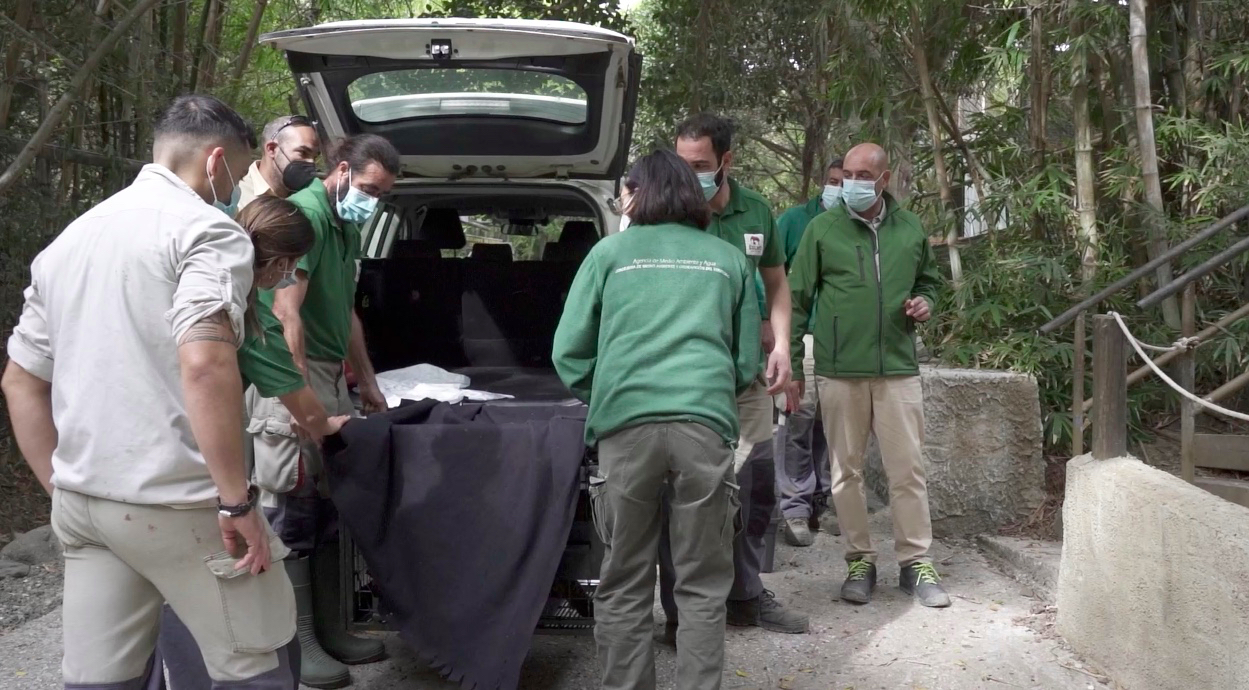
The importance of the Iberian lynx for the ecosystem’s balance is an issue that concerns Selwo’s education department. Indeed, this department schedules talks to explain the position of this cat which, at the beginning of 2000, was in serious danger of extinction. The lynx is a solitary animal that depends on dispersal between populations to avoid inbreeding and seeks out areas that provide shelter and open pastures where it can hunt rabbits (which make up 90% of its diet). In the past, they lived in most areas of the peninsula with Mediterranean scrub and rabbits, but in recent years the population has declined drastically.
Therefore, the arrival of this lynx at one of our parks is an example of how conservation programs for endangered species can benefit through the contribution of zoos. In fact, one of the corporate objectives of our parks is environmental education and re-establishing the ecosystem’s balances. Cynara’s transfer, which needed a few weeks in order to be completed, involved the extensive cooperation between Selwo Aventura’s conservation team and the veterinary and care team at the center in Jaén.
Cecilia Sierra, head of veterinary care at Selwo, sums up the excitement that the park’s entire conservation team felt with the arrival of this iconic female lynx: “Javo, a lynx that came from the same center, is already here with us, so we hope they will keep each other company; it is also a challenge for us, as we know what Cynara meant to the project. We have to do very well – we always give one hundred percent, but with her we will give a little more if we need to, so that she can adapt well and feel perfectly at ease with us”.
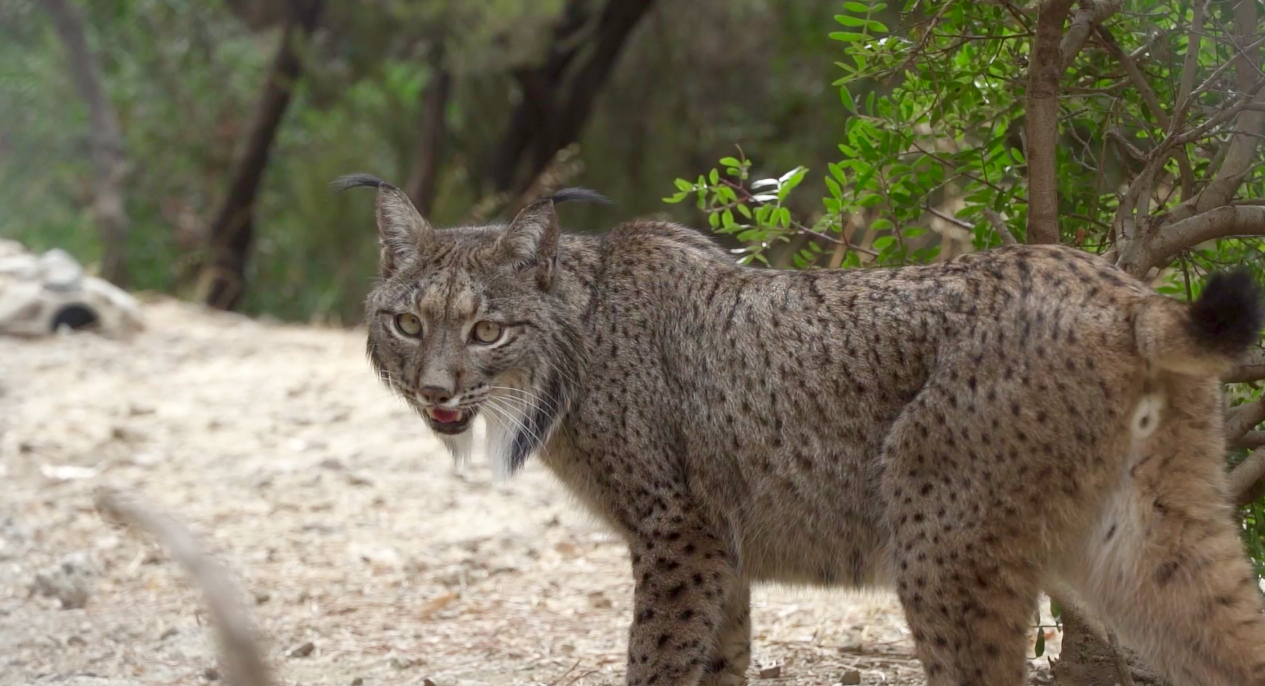
Recent entries
-
How Tropical Islands Became the First German Facility to Pass Ellis & Associates Aquatic Safety Audit

-
Belize Arrives in Faunia: A New Chapter in the Conservation of the Antillean Manatee
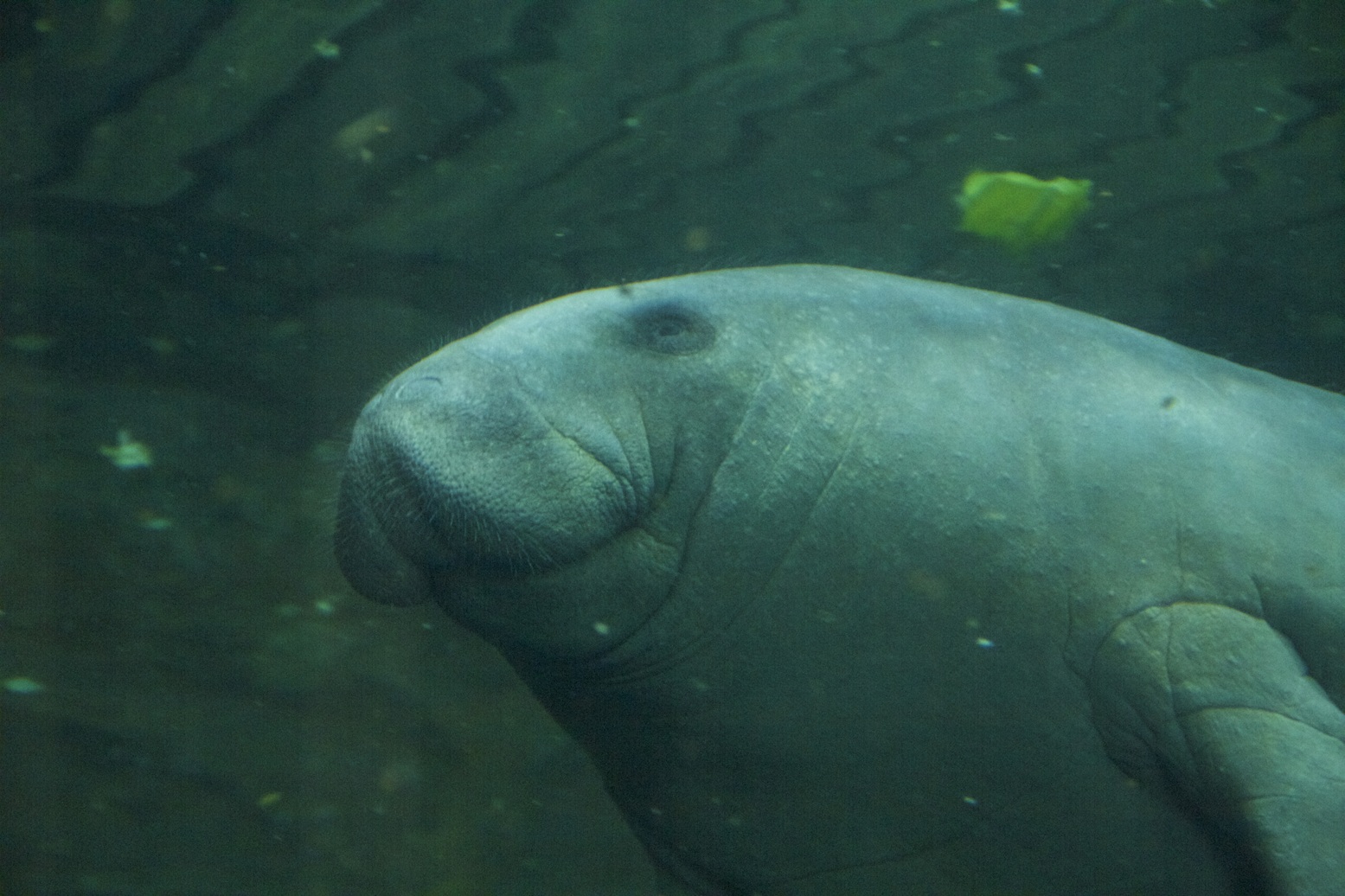
-
When Inclusion and Nature Came Together
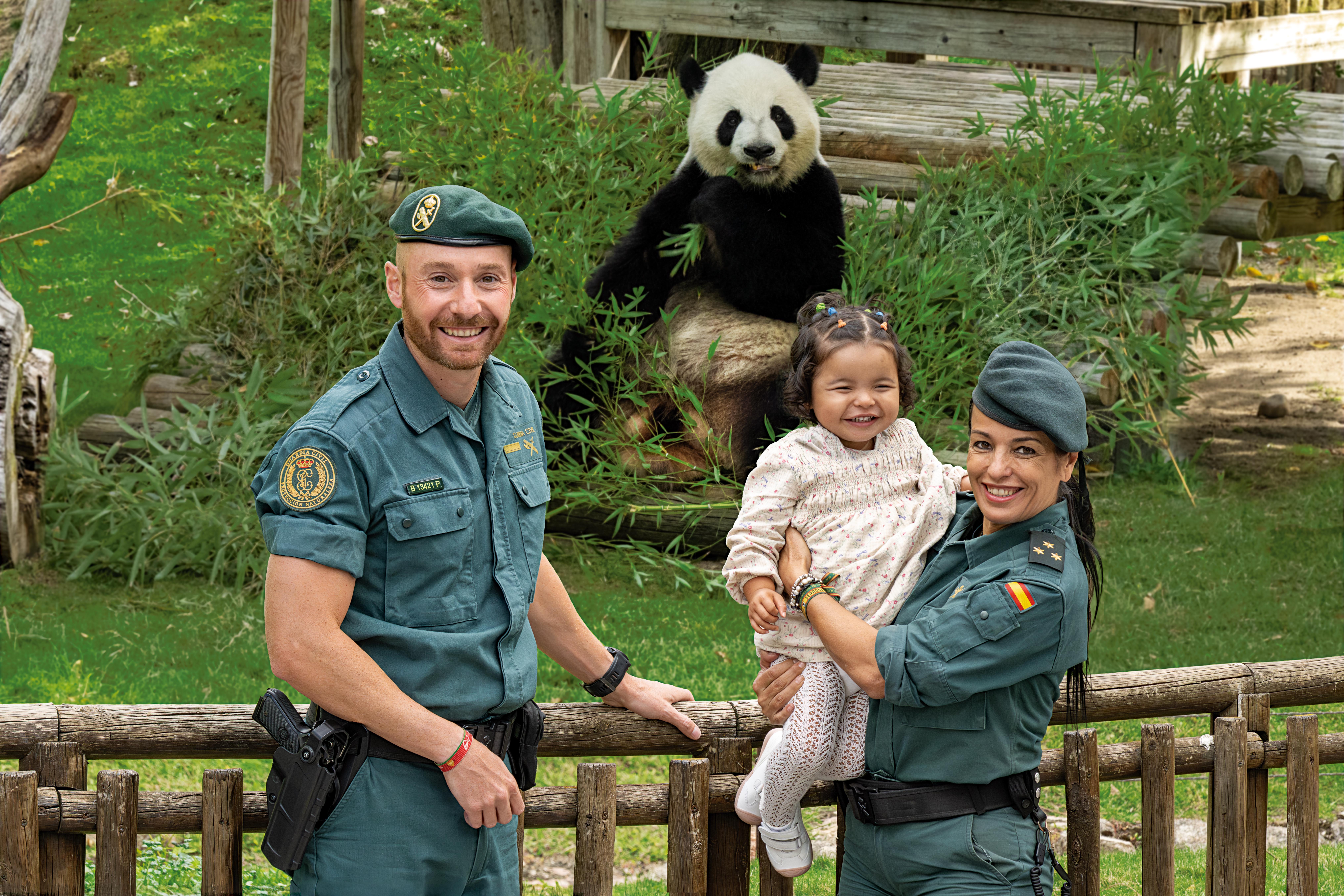
-
“Animal Welfare Starts with Us”: A Conversation with the Zoo Aquarium Madrid Team
